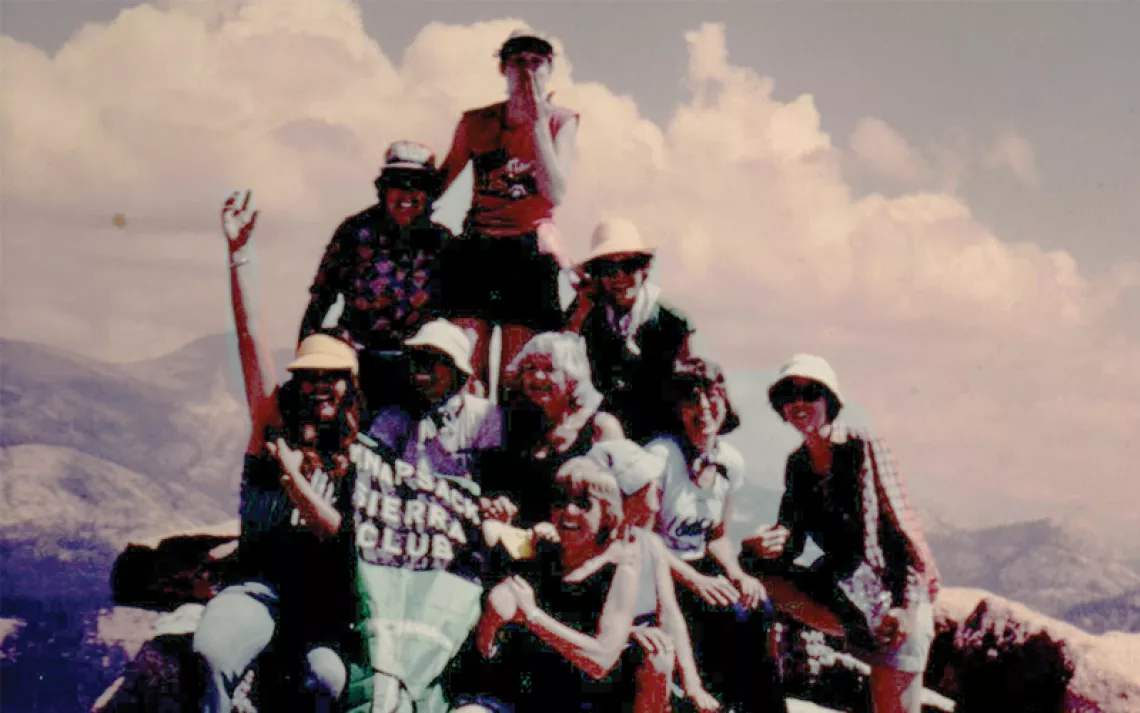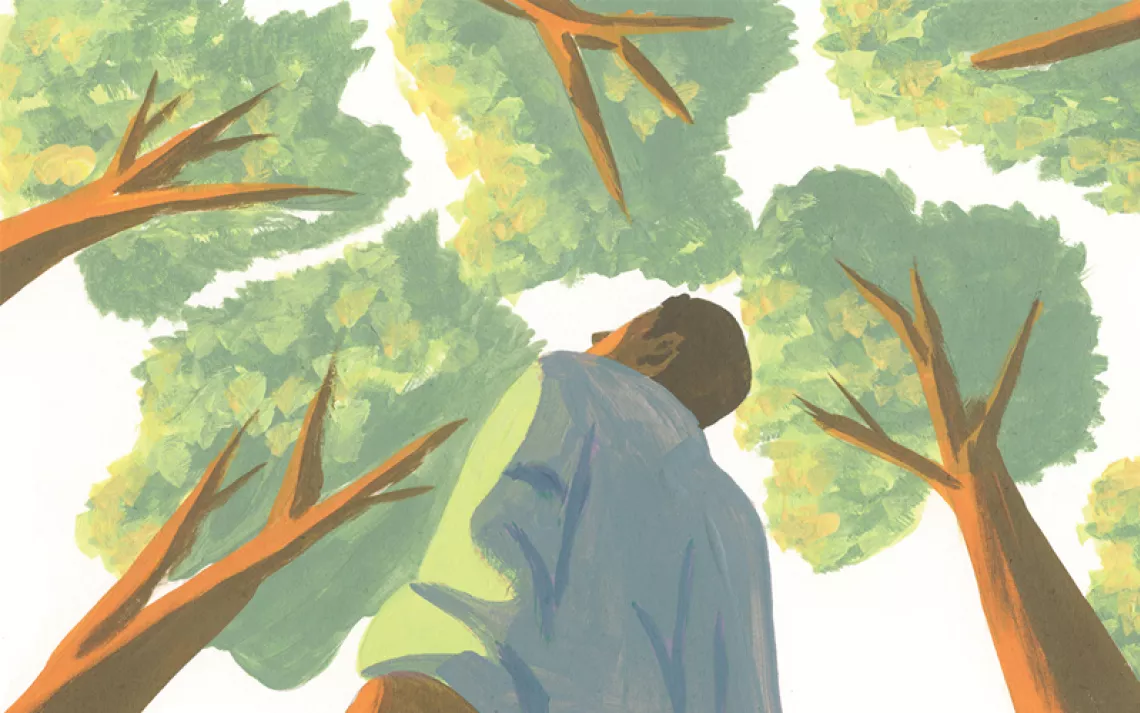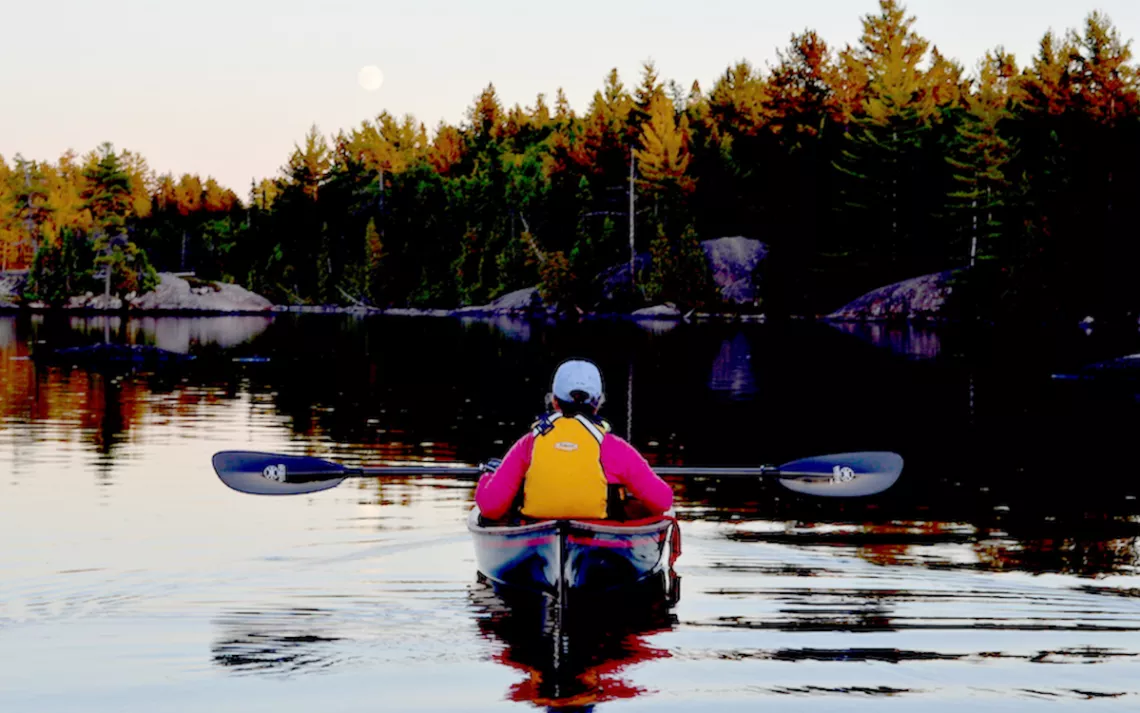9 Pioneering African American Outdoorspeople
We salute these barrier-crushing adventurers, role models, and conservationists
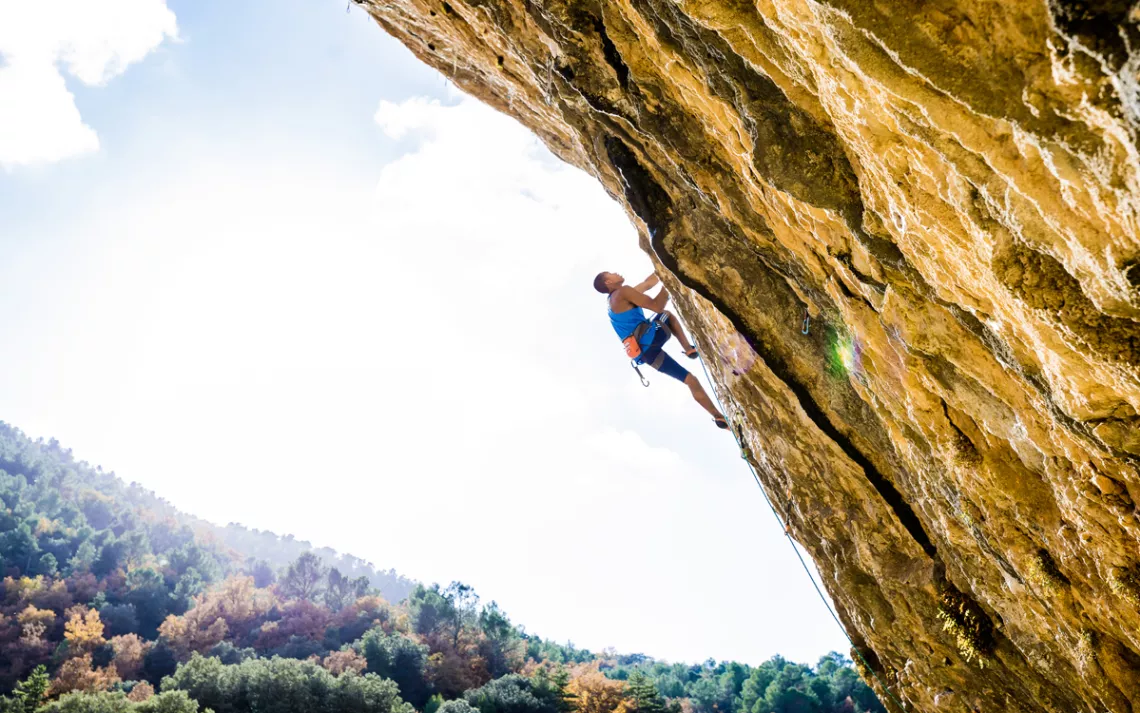
Climber Kai Lightner | Photo by Nathan Welton
It’s no accident that the most heralded and pioneering natural explorers that appear in U.S. history books tend to be white. Black men and women who made as significant a contribution to America’s Great Outdoors as their white counterparts were often elided from history—producing the false, racially inflected cultural myth that African Americans are predominately urban. Nothing could be further from the truth. Take the fact that many African Americans’ forebears migrated from the South, where their relationships with, and contributions to, the land were remarkable.
For Black History Month, Sierra compiled a list of just a few such pioneering black outdoorsmen and women, past and present, whose place in history will withstand the test of time. They're explorers, park rangers, climbers, and thru-hikers whose adventures have crushed barriers, provided role models, ensured that wild places continue to endure, and made for some awesome stories.
Charles Young
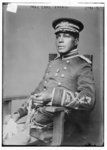 The first black man to become a national park superintendent was born into slavery in 1864. The next year, Charles Young’s father, Gabriel, escaped from Mays Lick, Kentucky, and across the Ohio River, and enlisted in the Fifth Regiment of Colored Artillery in the American Civil War, earning his family their freedom. Charles Young grew up in Ripley, Ohio, and in 1883 became one of the first African Americans to attend West Point. There he experienced extreme racial discrimination from faculty and classmates, who dubbed him “The Load of Coal.” After graduating in 1889, he served in the U.S. Army for 28 years, chiefly with black troops, nicknamed the “Buffalo Soldiers.” (U.S. armed services were racially segregated until 1948, when President Truman called for integration by executive order.) In 1903, Young served as captain of a black company at the Presidio of San Francisco, and afterward was appointed acting superintendent of Sequoia and General Grant National Parks. Charged with protecting the land from poachers and timber thieves and managing road construction, Young’s troops, essentially the first park rangers, ultimately improved access to the then-underdeveloped parks, completing entrance points including a wagon road to Sequoia’s Giant Forest and a road to the base of the famous Moro Rock. In his final report on Sequoia, which he delivered to the secretary of the interior, Young recommended that the government acquire privately held lands there, so as to secure more park area for future generations to enjoy. In 1916, the NAACP awarded Young with its highest honor, the Spingarn Medal; in 1912, Young published The Military Morale of Nations and Races, which was dedicated to Theodore Roosevelt and which argued against prevailing notions of the fixity of racial character, so as to demonstrate that all races displayed martial virtues when fighting for democratic causes. Before his death in 1922, Young (pictured, right, courtesy of the George Grantham Bain Collection and the Library of Congress) became the first African American to achieve the rank of U.S. Army colonel. In 2013, President Obama created the Colonel Charles Young Buffalo Soldiers National Monument in Ohio.
The first black man to become a national park superintendent was born into slavery in 1864. The next year, Charles Young’s father, Gabriel, escaped from Mays Lick, Kentucky, and across the Ohio River, and enlisted in the Fifth Regiment of Colored Artillery in the American Civil War, earning his family their freedom. Charles Young grew up in Ripley, Ohio, and in 1883 became one of the first African Americans to attend West Point. There he experienced extreme racial discrimination from faculty and classmates, who dubbed him “The Load of Coal.” After graduating in 1889, he served in the U.S. Army for 28 years, chiefly with black troops, nicknamed the “Buffalo Soldiers.” (U.S. armed services were racially segregated until 1948, when President Truman called for integration by executive order.) In 1903, Young served as captain of a black company at the Presidio of San Francisco, and afterward was appointed acting superintendent of Sequoia and General Grant National Parks. Charged with protecting the land from poachers and timber thieves and managing road construction, Young’s troops, essentially the first park rangers, ultimately improved access to the then-underdeveloped parks, completing entrance points including a wagon road to Sequoia’s Giant Forest and a road to the base of the famous Moro Rock. In his final report on Sequoia, which he delivered to the secretary of the interior, Young recommended that the government acquire privately held lands there, so as to secure more park area for future generations to enjoy. In 1916, the NAACP awarded Young with its highest honor, the Spingarn Medal; in 1912, Young published The Military Morale of Nations and Races, which was dedicated to Theodore Roosevelt and which argued against prevailing notions of the fixity of racial character, so as to demonstrate that all races displayed martial virtues when fighting for democratic causes. Before his death in 1922, Young (pictured, right, courtesy of the George Grantham Bain Collection and the Library of Congress) became the first African American to achieve the rank of U.S. Army colonel. In 2013, President Obama created the Colonel Charles Young Buffalo Soldiers National Monument in Ohio.
Matthew Henson
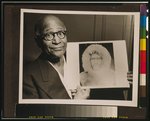 Born in 1866 to free sharecroppers in Maryland, Matthew Henson became a cabin boy aboard a Chesapeake Bay merchant ship at age 12. He quickly learned to sail and eventually met American explorer and ship commander Robert E. Peary. Henson ended up accompanying Peary as a crew member on a six-man surveying mission to Nicaragua and so impressed the captain with his seamanship that Peary christened him “first man.” Over the next 20 years, Henson accompanied Peary on six voyages into the Arctic, mastered the Inuit language, and became known as the only non-Inuit to become skilled in driving dog sleds and training dog teams in the Inuit way. Along with Peary and four Inuits, Henson was part of the team widely believed to have discovered the North Pole on April 6, 1909—in fact, several reports support Henson’s claim that his footprints were the first to cross latitude 90. He was certainly the one to plant the U.S. flag at the North Pole. In 1912, Henson published a memoir about his Arctic conquests, titled A Negro Explorer at the North Pole, which included a foreword and praise from Peary. In 1937, Henson became the first African American invited to join The Explorers Club, an exclusive international society devoted to promoting scientific exploration and field study. Before Henson’s death in 1955, Presidents Truman and Eisenhower honored his book. In 1988, by presidential order, the remains of Henson and his wife were re-interred with a monument at Arlington National Cemetery, near those of Mr. and Mrs. Peary. To the right, Henson holds a portrait of Peary, taken during one of their North Pole expeditions. (Photo courtesy of the New York World-Telegram and the Sun Newspaper Photograph Collection and the Library of Congress.)
Born in 1866 to free sharecroppers in Maryland, Matthew Henson became a cabin boy aboard a Chesapeake Bay merchant ship at age 12. He quickly learned to sail and eventually met American explorer and ship commander Robert E. Peary. Henson ended up accompanying Peary as a crew member on a six-man surveying mission to Nicaragua and so impressed the captain with his seamanship that Peary christened him “first man.” Over the next 20 years, Henson accompanied Peary on six voyages into the Arctic, mastered the Inuit language, and became known as the only non-Inuit to become skilled in driving dog sleds and training dog teams in the Inuit way. Along with Peary and four Inuits, Henson was part of the team widely believed to have discovered the North Pole on April 6, 1909—in fact, several reports support Henson’s claim that his footprints were the first to cross latitude 90. He was certainly the one to plant the U.S. flag at the North Pole. In 1912, Henson published a memoir about his Arctic conquests, titled A Negro Explorer at the North Pole, which included a foreword and praise from Peary. In 1937, Henson became the first African American invited to join The Explorers Club, an exclusive international society devoted to promoting scientific exploration and field study. Before Henson’s death in 1955, Presidents Truman and Eisenhower honored his book. In 1988, by presidential order, the remains of Henson and his wife were re-interred with a monument at Arlington National Cemetery, near those of Mr. and Mrs. Peary. To the right, Henson holds a portrait of Peary, taken during one of their North Pole expeditions. (Photo courtesy of the New York World-Telegram and the Sun Newspaper Photograph Collection and the Library of Congress.)
George W. Gibbs, Jr.
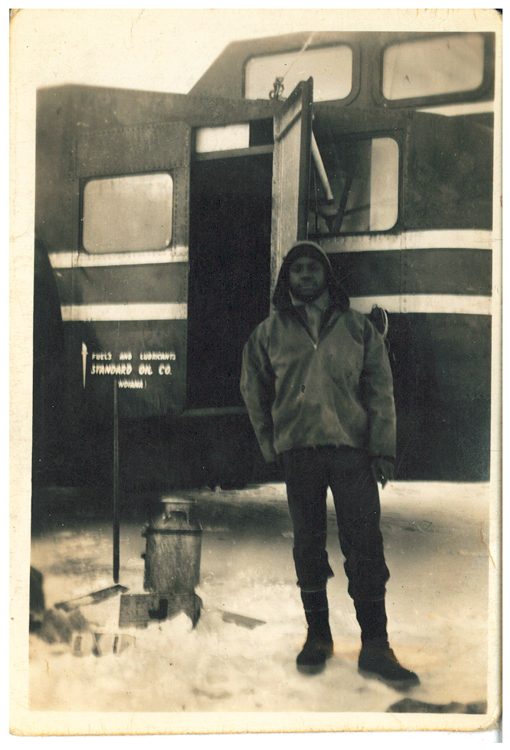 Gibbs was born in Jacksonville, Florida, in 1917 and joined the U.S. Navy in 1935. Sailor Gibbs was among the 40 men selected to join aviator and polar explorer Admiral Richard E. Byrd III’s third polar expedition, also known as the U.S. Antarctic Service Expedition. On January 14, 1940, Gibbs became the first African American to set foot on the continent of Antarctica. He went on to serve as a navy gunner during World War II. After 24 years of service, Gibbs retired in 1959, earned a degree in education from the University of Minnesota, and went on to work in IBM’s personnel department from 1963 to 1982. After retiring from IBM, Gibbs founded an employment agency and served his community as a civil rights leader—he integrated several service associations including Rochester, Minnesota’s Elks Club. In 1966, Gibbs helped found the Rochester Chapter of the NAACP. On September 2, 2009, nine years after his death, the rock point marking the northernmost tip of Antarctica was christened “Gibbs Point” in his honor. To the right, Gibbs poses before the snow cruiser from Admiral Byrd's expedition to Antarctica (courtesy of Leilani Raashida Henry).
Gibbs was born in Jacksonville, Florida, in 1917 and joined the U.S. Navy in 1935. Sailor Gibbs was among the 40 men selected to join aviator and polar explorer Admiral Richard E. Byrd III’s third polar expedition, also known as the U.S. Antarctic Service Expedition. On January 14, 1940, Gibbs became the first African American to set foot on the continent of Antarctica. He went on to serve as a navy gunner during World War II. After 24 years of service, Gibbs retired in 1959, earned a degree in education from the University of Minnesota, and went on to work in IBM’s personnel department from 1963 to 1982. After retiring from IBM, Gibbs founded an employment agency and served his community as a civil rights leader—he integrated several service associations including Rochester, Minnesota’s Elks Club. In 1966, Gibbs helped found the Rochester Chapter of the NAACP. On September 2, 2009, nine years after his death, the rock point marking the northernmost tip of Antarctica was christened “Gibbs Point” in his honor. To the right, Gibbs poses before the snow cruiser from Admiral Byrd's expedition to Antarctica (courtesy of Leilani Raashida Henry).
John Francis
Born in Philadelphia in 1946, John Francis, the son of a West Indian immigrant, moved to Northern California’s Marin County as a young man. After witnessing firsthand the massive oil spill that ravaged the San Francisco Bay in 1971, John Francis swore off all motorized transportation. For the next 22 years, he walked everywhere he went. In an effort to inspire others to rethink their roles in the petroleum economy, he embarked on solo hikes across the entirety of the continental United States and across much of South America, becoming widely known as the “Planet Walker.” Five years into his on-foot revolt, he got sick of arguing about his decision and took an even more radical step—a 17-year-long vow of silence. Before ending his vow on Earth Day 1990, he managed to earn a doctorate degree in land management. The day after he started speaking once more, he was struck by a car while on foot but convinced an ambulance crew to allow him to walk to the hospital. Francis has since been commissioned by the U.S. Coast Guard to work on legislation relating to oil spill management, and in 1991, he was named a United Nations Environmental Program Goodwill Ambassador. In 2008, National Geographic published his memoir, Planetwalker: 22 Years of Walking, 17 Years of Silence.
Robert Taylor
Growing up in Dayton, Ohio, in the 1970s, Robert Taylor used to hike all over his neighborhood, hauling lunches his mother had packed in a boy scout rucksack. At six, Taylor caught a TV program about hiking the Appalachian Trail (AT). Later on, he found an article in Backpacker outlining thru-hike routes along the AT and the Pacific Crest Trail (PCT) and started reading everything he could find on the subject of epic end-to-end trail hikes. By the late 1990s, Taylor had become the first African American to thru-hike both the AT and the PCT. In 2000, he told the same magazine that had planted the seed for such adventures, Backpacker, that while the PCT pitted him against cougars, bears, snowy passes, and icy cliff faces, his main obstacle on the AT was racial discrimination. “In towns, people yelled racist threats at me in just about every state I went through,” Taylor said. “Even on the trail itself, other AT thru-hikers acted like I was going to steal their gear. I remember thinking, ‘I’m not going to steal any of your stuff. I’m having a hard enough time carrying mine.’” Still, Taylor is a vocal proponent of diversifying the trails. His 5,000+ miles of thru-hiking certainly did much to dismantle specious stereotypes about African Americans’ place in the Great Outdoors.
Sophia Danenberg
Born outside Chicago in 1972 to a black father and a Japanese mother, Sophia Danenberg went on to earn degrees in environmental science and public policy from Harvard. In 1999, a childhood friend encouraged her to try rock climbing. For two years, Danenberg pursued technical climbs, but she soon became obsessed with mountaineering. By 2005 she had already scaled Mounts Rainier, Kilimanjaro, and McKinley. In the spring of 2006, she decided to tackle the world’s tallest: Everest. At 7 A.M. on May 19, Danenberg, age 34, summited, becoming the first African American—and the first black woman from anywhere—to crest the top of the world. At the time, she was suffering from bronchitis, frostbite, and an oxygen mask clogged with snow and ice. “There aren’t a lot of African Americans—or black people from anywhere—in high-altitude mountaineering,” she told the Chicago Reader in 2006, adding that she’d never met a fellow black person on any big mountain. Earlier this year, Danenberg, who now lives in Seattle and works on global chemical and environmental regulations for Boeing, told Melanin Base Camp, a site for climbers of color, that she's found that people in South American, African, and Asian countries are noticeably happy to see another brown person trekking and climbing. “They don’t make the normal assumptions of being a rich white man,” she explained. “People have offered me additional information and have showed me immense hospitality. Climbing in Kenya and Tanzania was like a celebration—they were so happy to see people that looked like them, brown people.”
Rahawa Haile
You may recall reading about this Eritrean American woman’s pioneering 2016 completion of the AT in Sierra’s recent story about notable thru-hikers of Instagram. Rahawa Haile not only became one of a small handful of African American women to successfully tackle the trek, but the 30-something also wrote candidly about her experiences in Outside and along the way left books by black authors in trail shelters. “These were writers who had endured more than I’d ever been asked to, whose strength gave me strength in turn,” Haile wrote in Buzzfeed in 2017. “I wanted to show them beauty from heights that a history of terror had made clear were never intended to be theirs.” Since completing her thru-hike, Haile has given a number of interviews and presentations about her personal experience on the AT—inspiring hikers of color, queer hikers, and women throughout the world. And earlier this month, she scored a major book deal about her experience—keep an eye out for In Open Country, forthcoming from Harper, in which Haile will explore what it means to move through America, and the world, as a black woman.
Kai Lightner
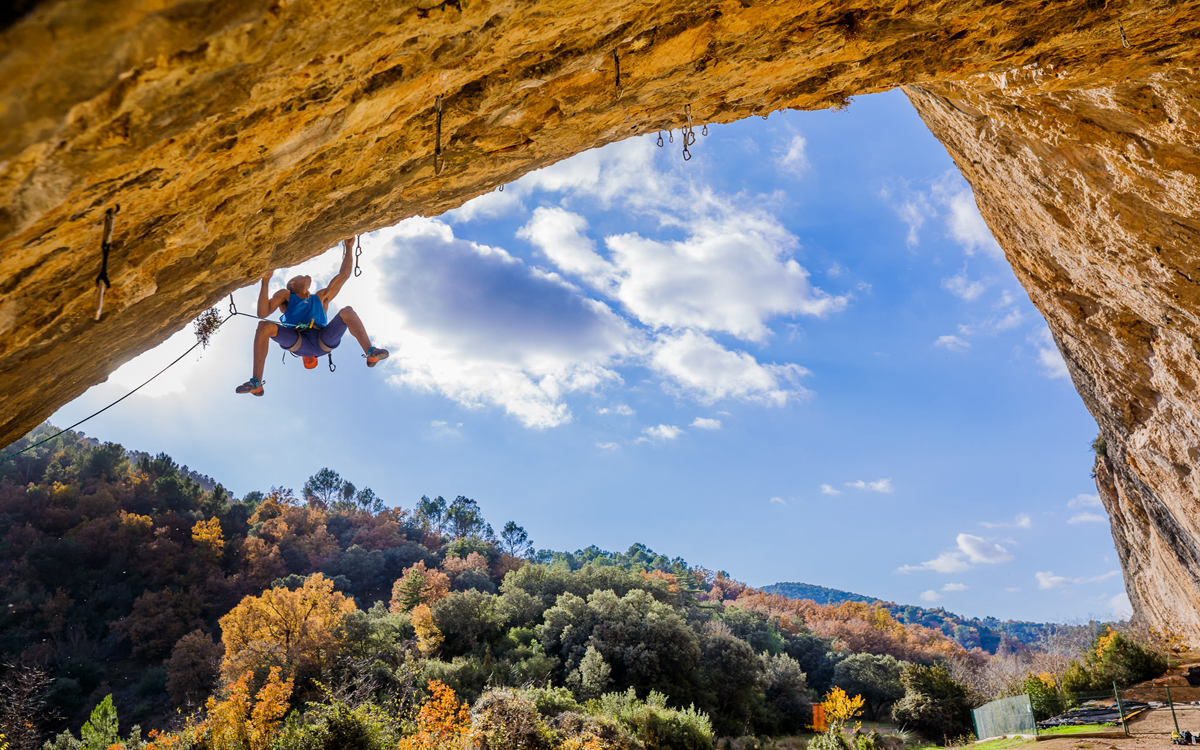 Born in 1999, Kai Lightner has already earned 12 national championship titles for climbing, and he’s a five-time youth world championship medalist. It all started when Lightner’s mother, Connie, took her six-year-old son, who wouldn’t stop scaling the furniture, to a small climbing gym in Lightner’s hometown of Fayetteville, North Carolina. That same year, he began competing in the USA Climbing organization, which is the national governing body for competitive climbing. In 2014, Lightner earned the gold medal for his age group at the youth world championship in New Caledonia, becoming the first American Lead World Champion since 1995. While mountaineering film festivals often do little to disrupt the historic lack of diversity in outdoorsy pursuits, Lightner became somewhat of a role model for climbers of color when he starred in 2014’s 14.c, a successful short featuring a 15-year-old Lightner dangling a hundred feet off the forest floor in West Virginia’s New River Gorge. Lightner schedules his competitions out 12 months in advance, but if he wants to compete, he has to keep his grades up (Connie’s rule). And after Lightner started climbing outdoors, Connie learned to belay so she could keep an eye on him. “But I like it,” he told Outside in 2014. “When I’m frustrated with a project, she’s the one telling me I can do it.”
Born in 1999, Kai Lightner has already earned 12 national championship titles for climbing, and he’s a five-time youth world championship medalist. It all started when Lightner’s mother, Connie, took her six-year-old son, who wouldn’t stop scaling the furniture, to a small climbing gym in Lightner’s hometown of Fayetteville, North Carolina. That same year, he began competing in the USA Climbing organization, which is the national governing body for competitive climbing. In 2014, Lightner earned the gold medal for his age group at the youth world championship in New Caledonia, becoming the first American Lead World Champion since 1995. While mountaineering film festivals often do little to disrupt the historic lack of diversity in outdoorsy pursuits, Lightner became somewhat of a role model for climbers of color when he starred in 2014’s 14.c, a successful short featuring a 15-year-old Lightner dangling a hundred feet off the forest floor in West Virginia’s New River Gorge. Lightner schedules his competitions out 12 months in advance, but if he wants to compete, he has to keep his grades up (Connie’s rule). And after Lightner started climbing outdoors, Connie learned to belay so she could keep an eye on him. “But I like it,” he told Outside in 2014. “When I’m frustrated with a project, she’s the one telling me I can do it.”
Shelton Johnson
Born in 1958 in Detroit, Shelton Johnson is a poet and longtime Yosemite park ranger who, after learning about the history of the Buffalo Soldiers—the above-mentioned black regiments of the historically segregated U.S. Army who served in Yosemite, Sequoia, and other national parks—dedicated his career to bringing African Americans to the national parks and connecting them to the natural world. Johnson, who’s known for his research and publications about the Buffalo Soldiers, has stated that, “One of the great losses to African culture from slavery was the loss of kinship with the earth.” He wrote and performs in a living history performance called Yosemite Through the Eyes of a Buffalo Soldier, 1904, which is presented as an interpretive program at the park and other locations around the country. In 2010, Johnson invited society’s arguably most powerful megaphone on matters of racial diversity to visit the parks, in order to spread the word "that the national parks really are America's best idea, and that this beauty belongs to every American, including African Americans." Oprah Winfrey spent two days and a night camping with Johnson in Yosemite National Park and dedicated two of her shows to the adventure. Johnson has won 10 major awards for his commendable service with the NPS, including the Superior Service Award from the Interior Department in 2015. He was also the breakout star of Ken Burns’s National Parks: America’s Best Idea documentary, which was viewed by more than 34 million during its first PBS run in 2009. In highlighting the contributions of the Buffalo Soldiers, Johnson has a very pointed mission. In 2016, he asked a High Country News reporter, “How can any person of color, any African American, hear those particular historic facts and not feel a sense of connection and kinship and ownership of this place?”
 The Magazine of The Sierra Club
The Magazine of The Sierra Club
